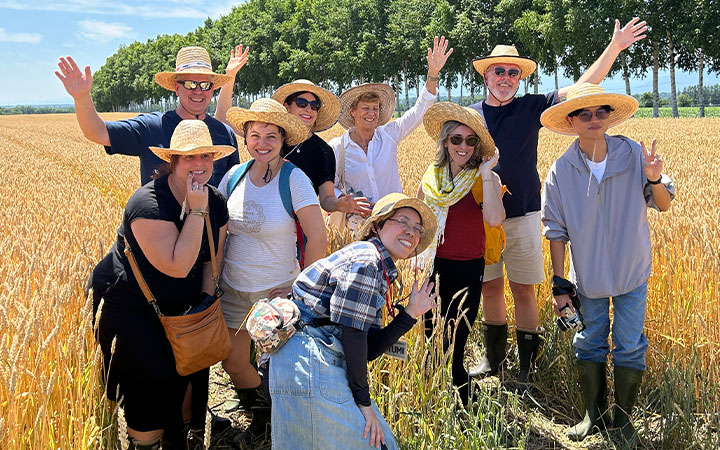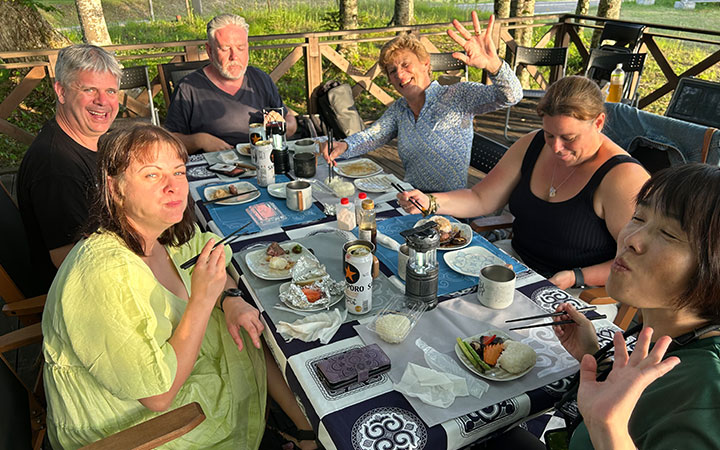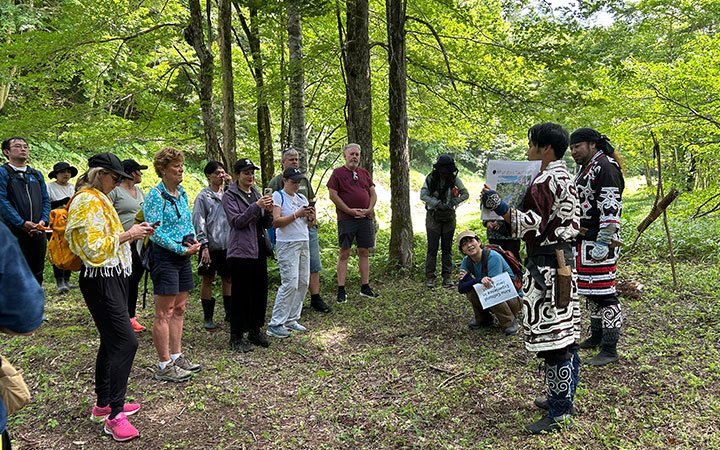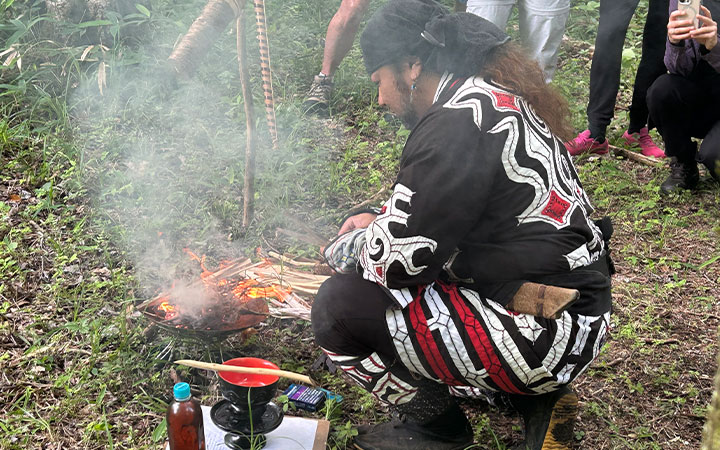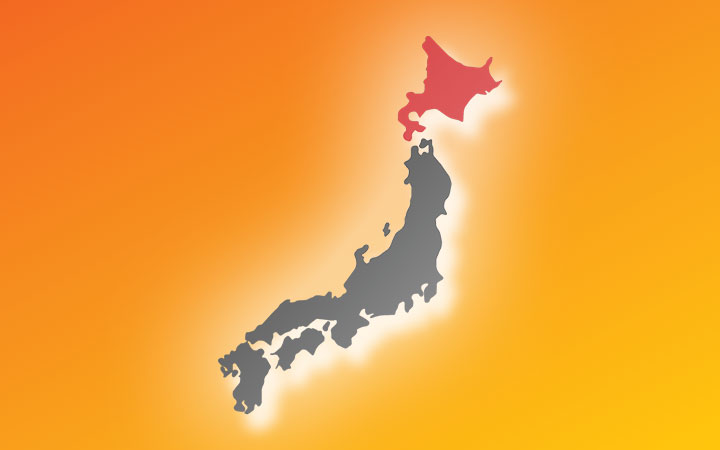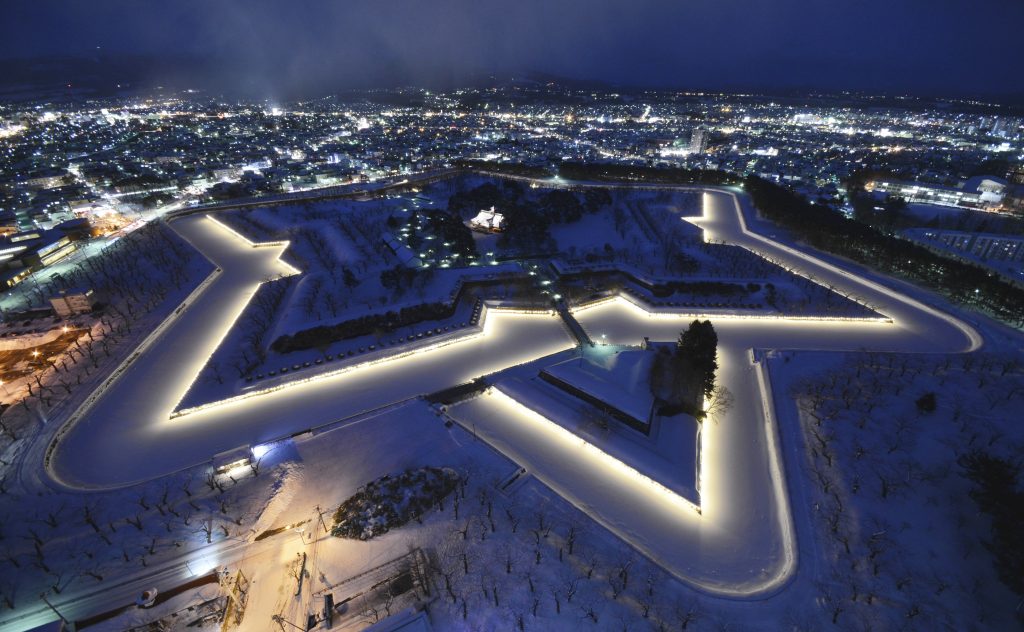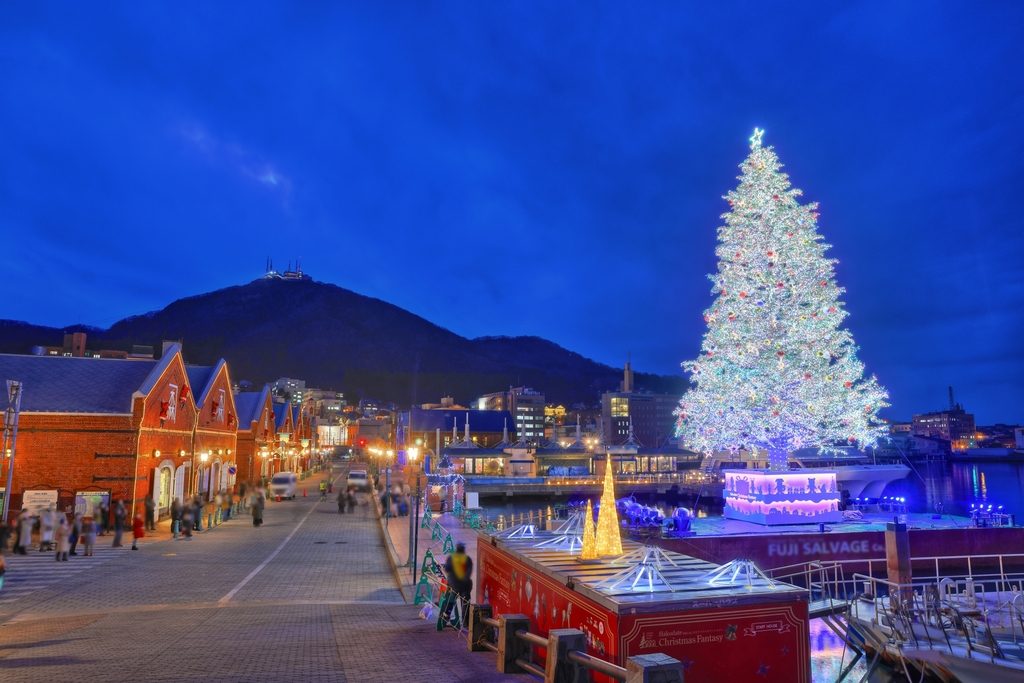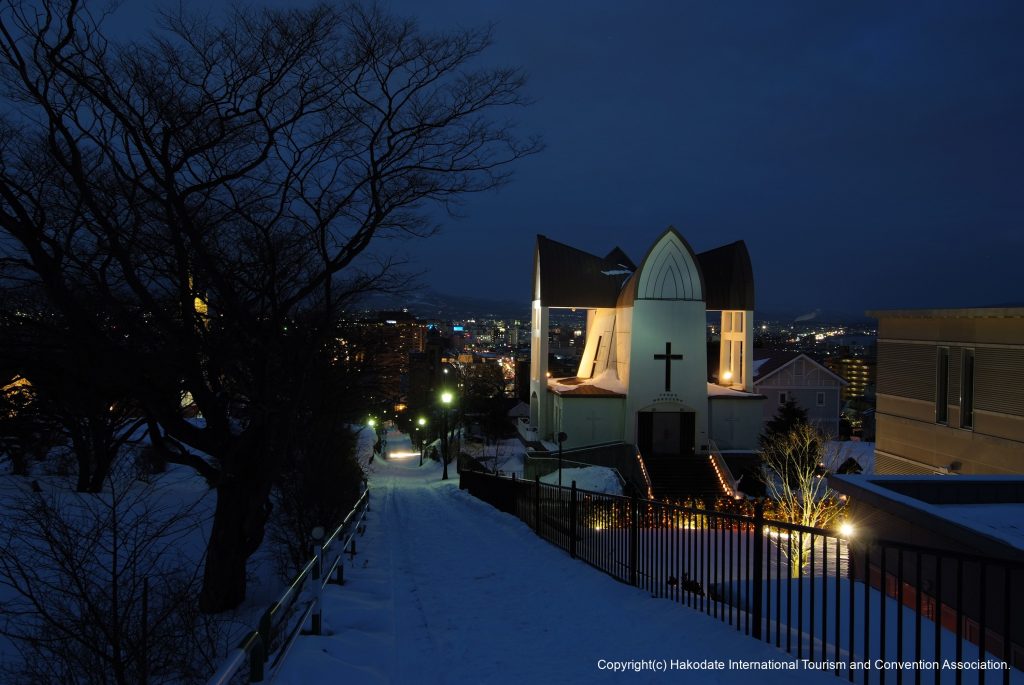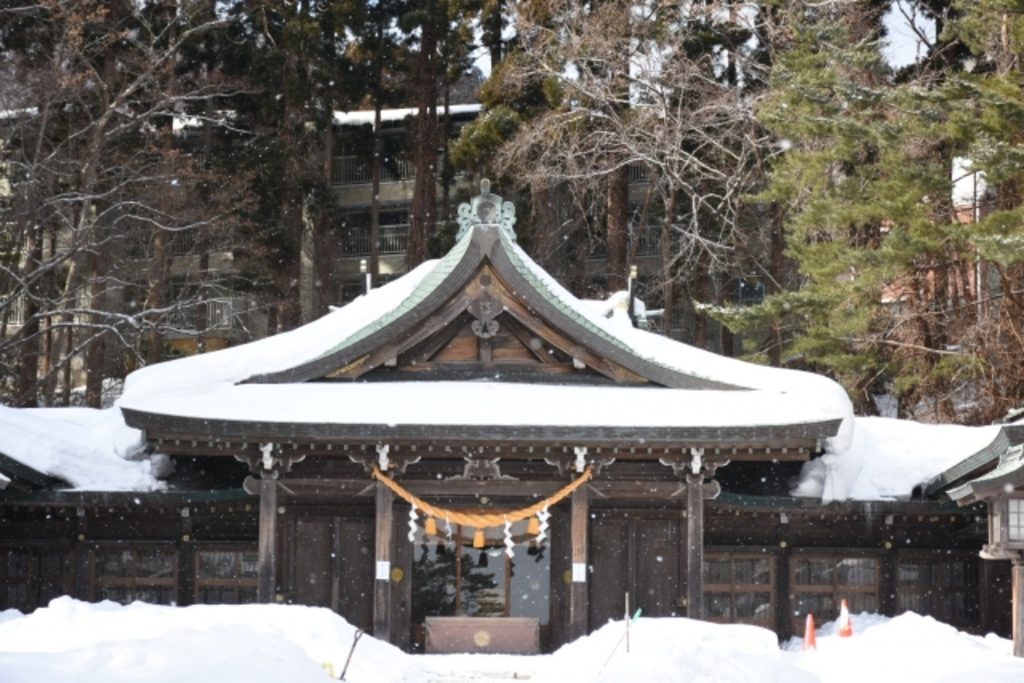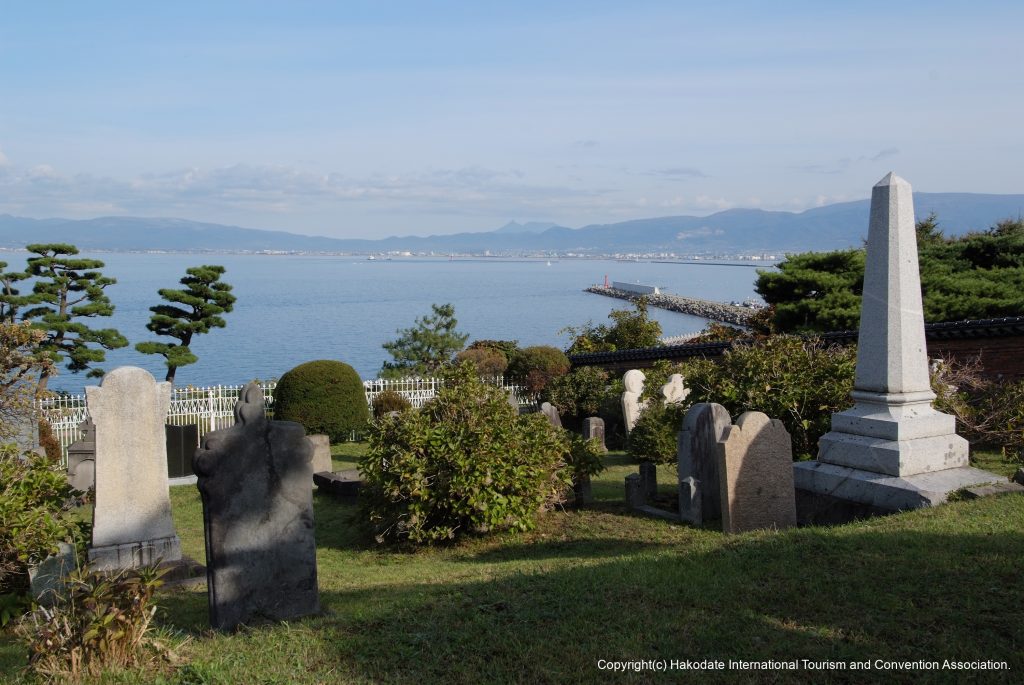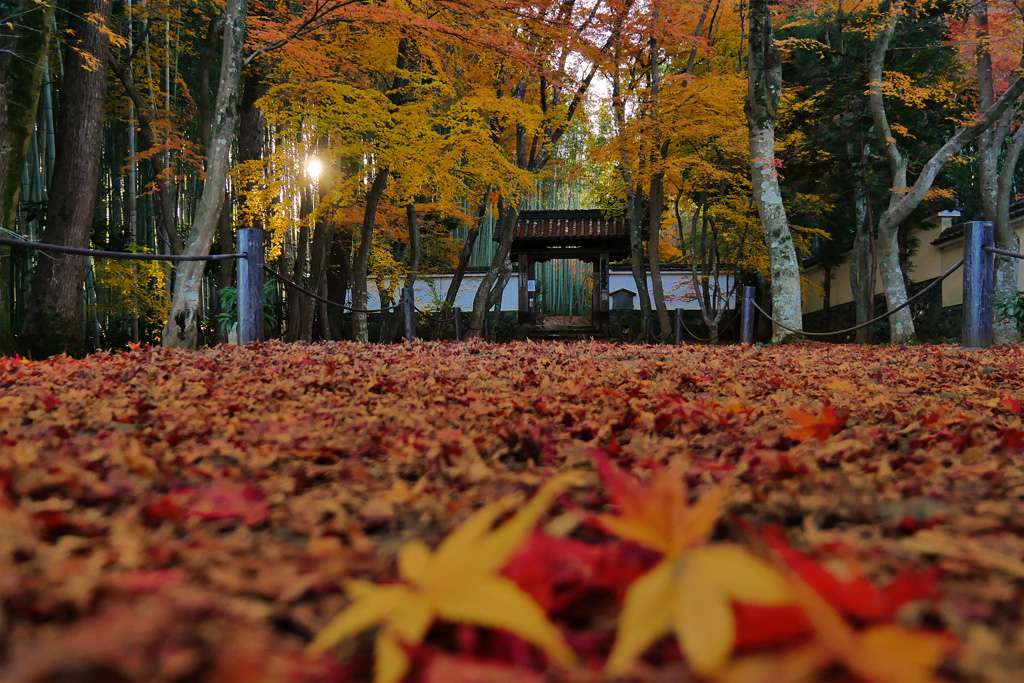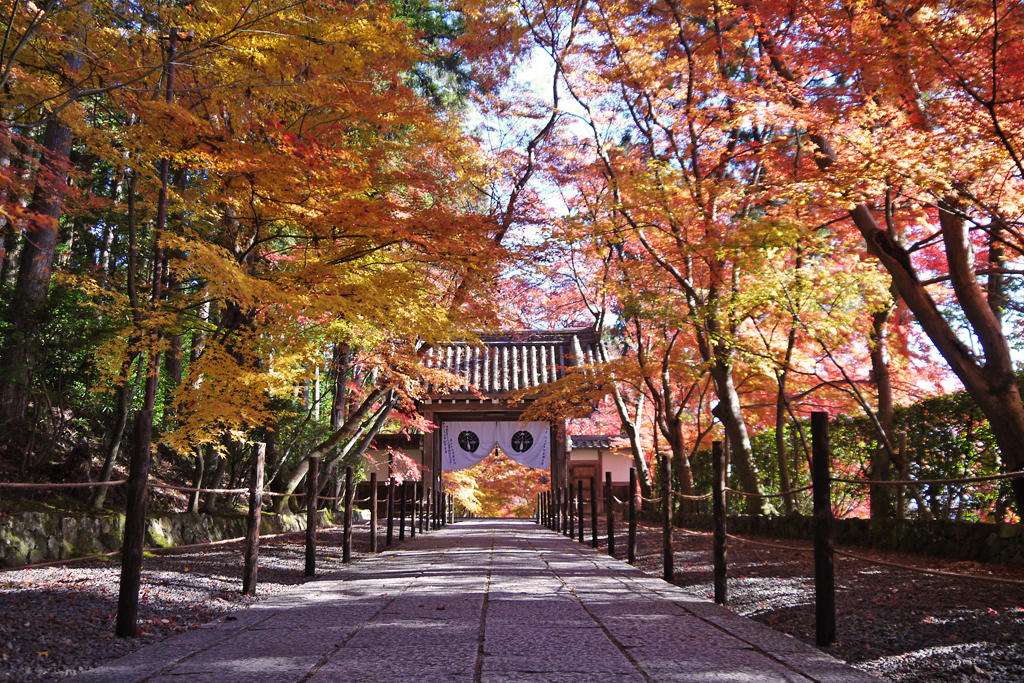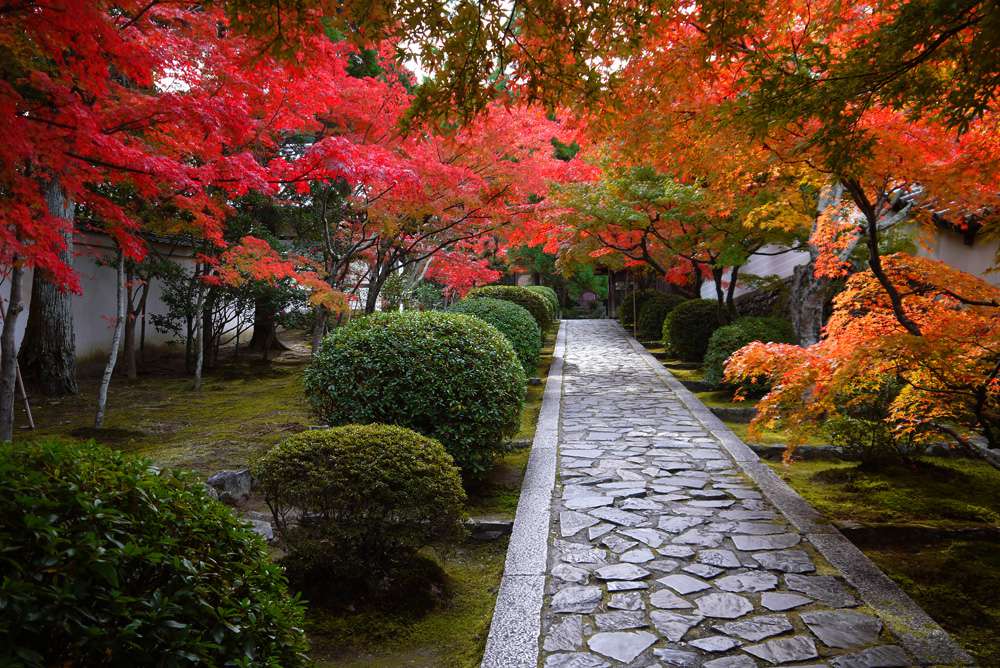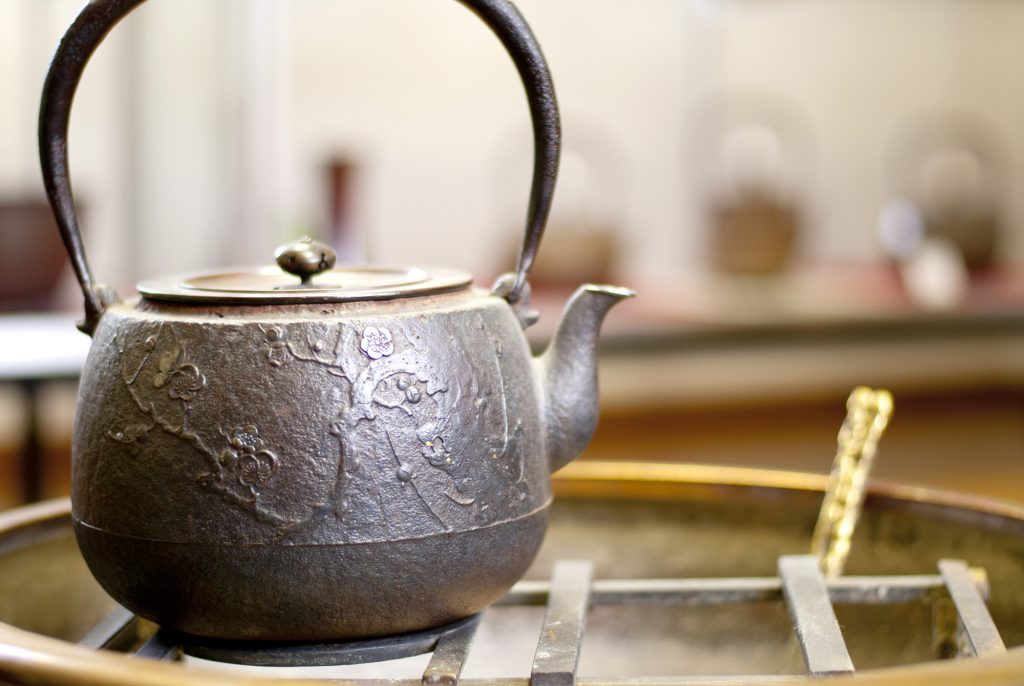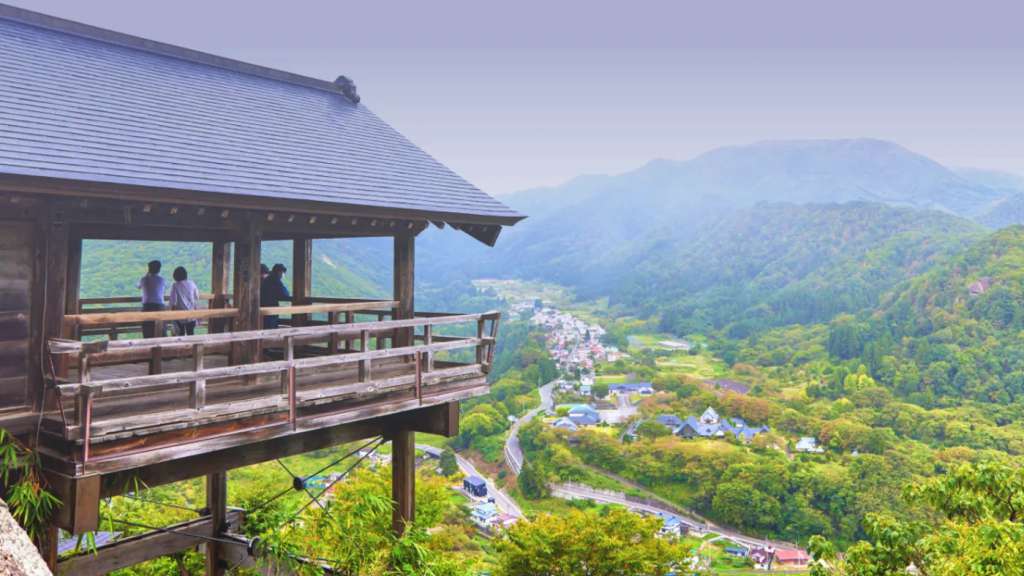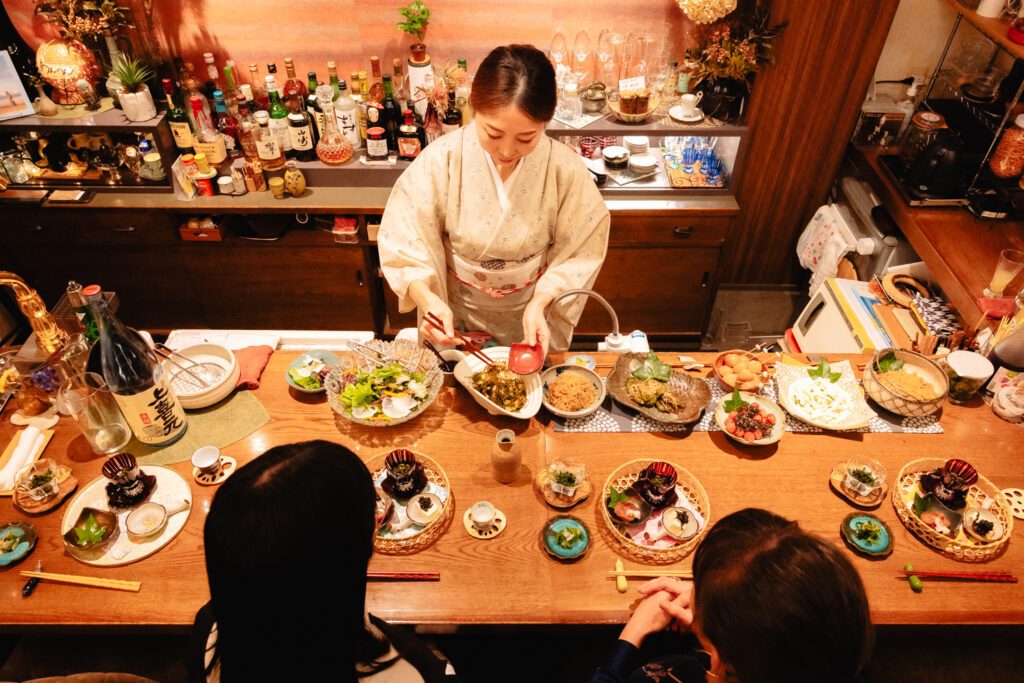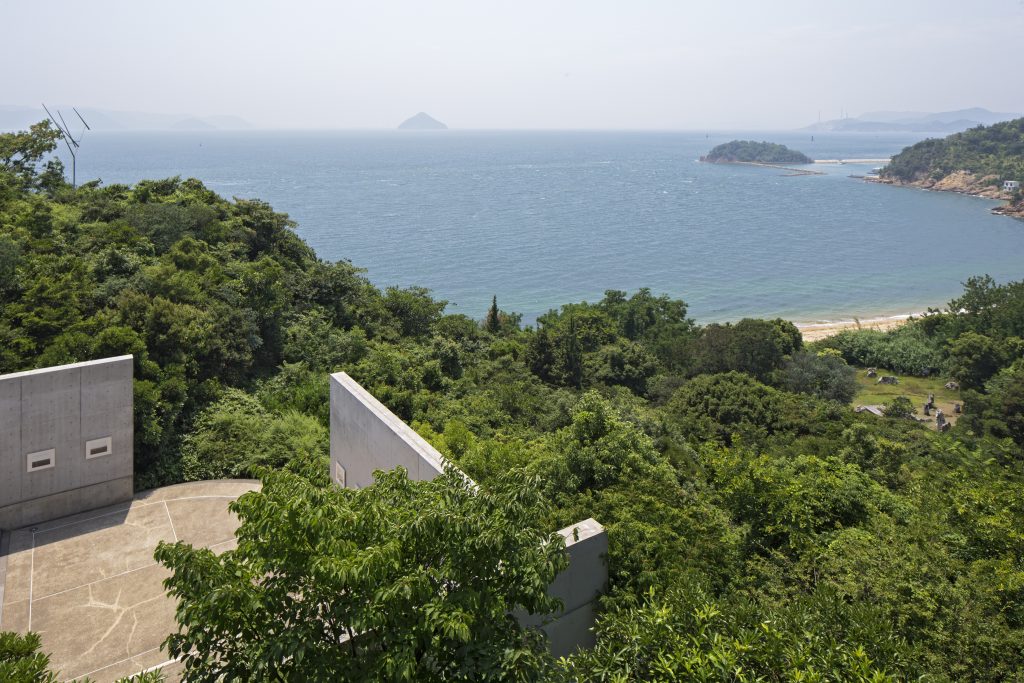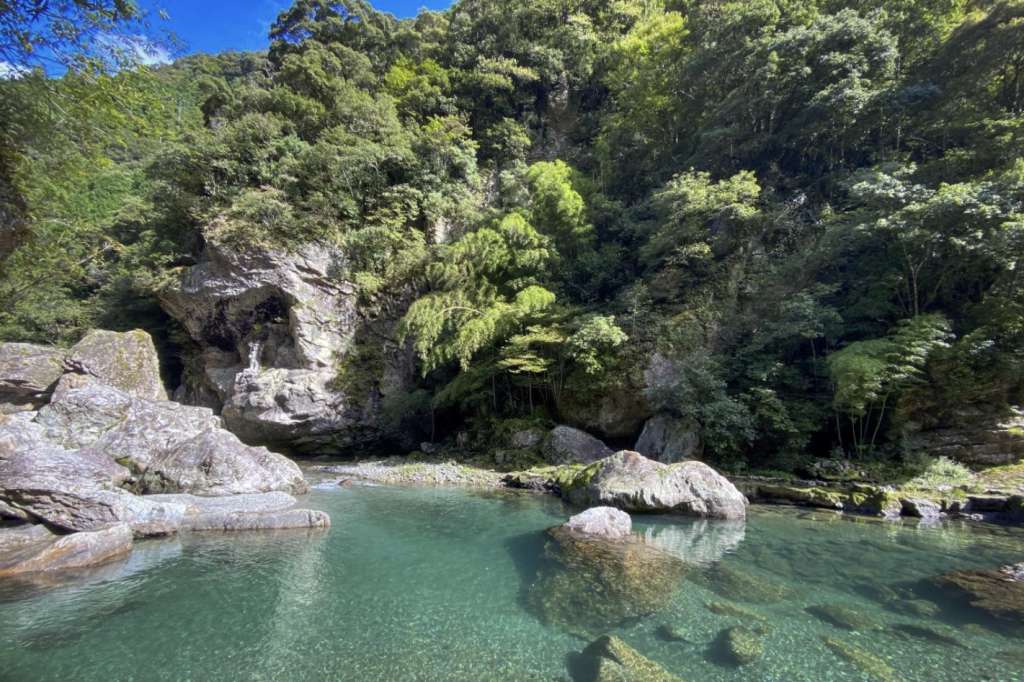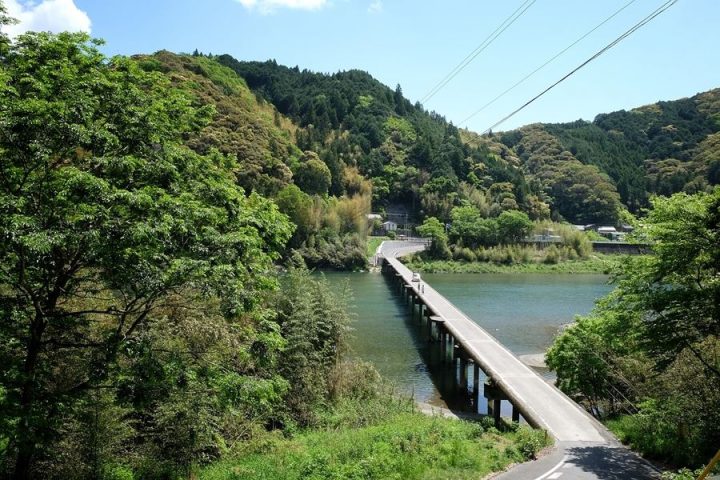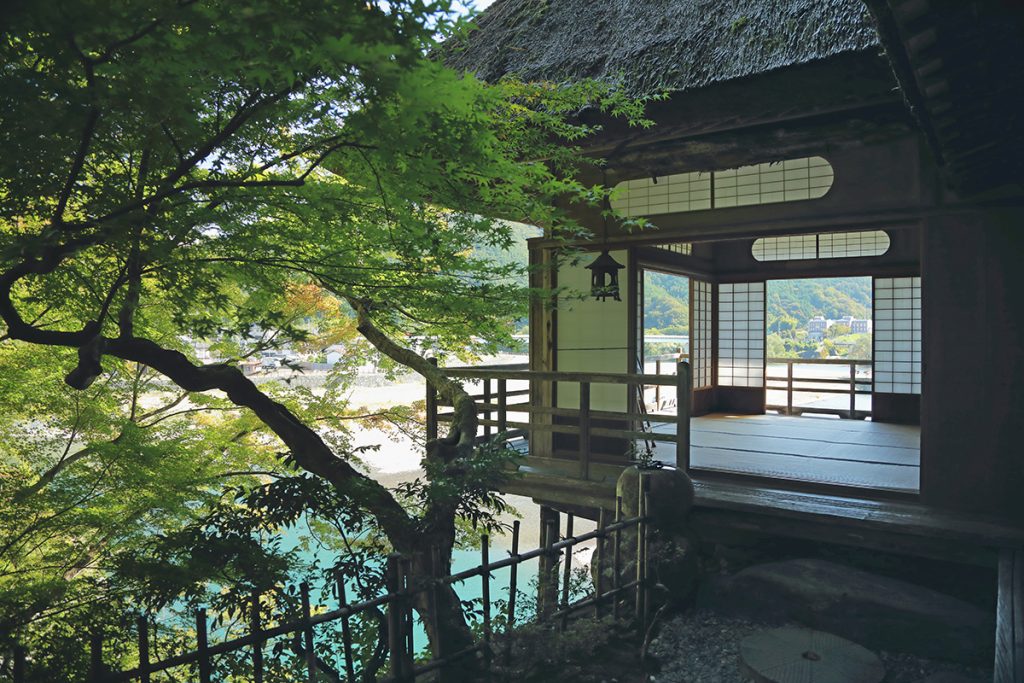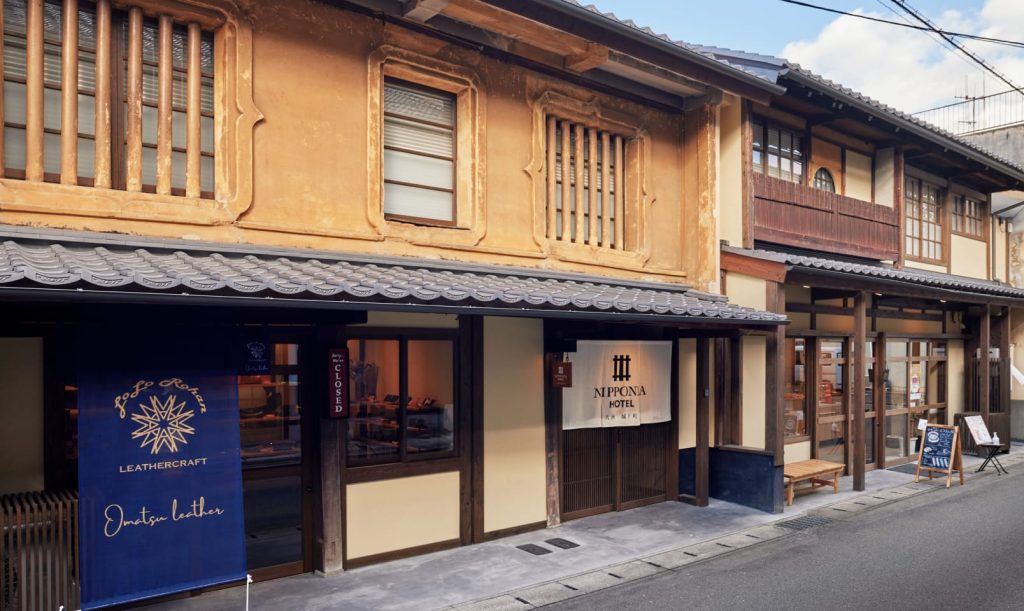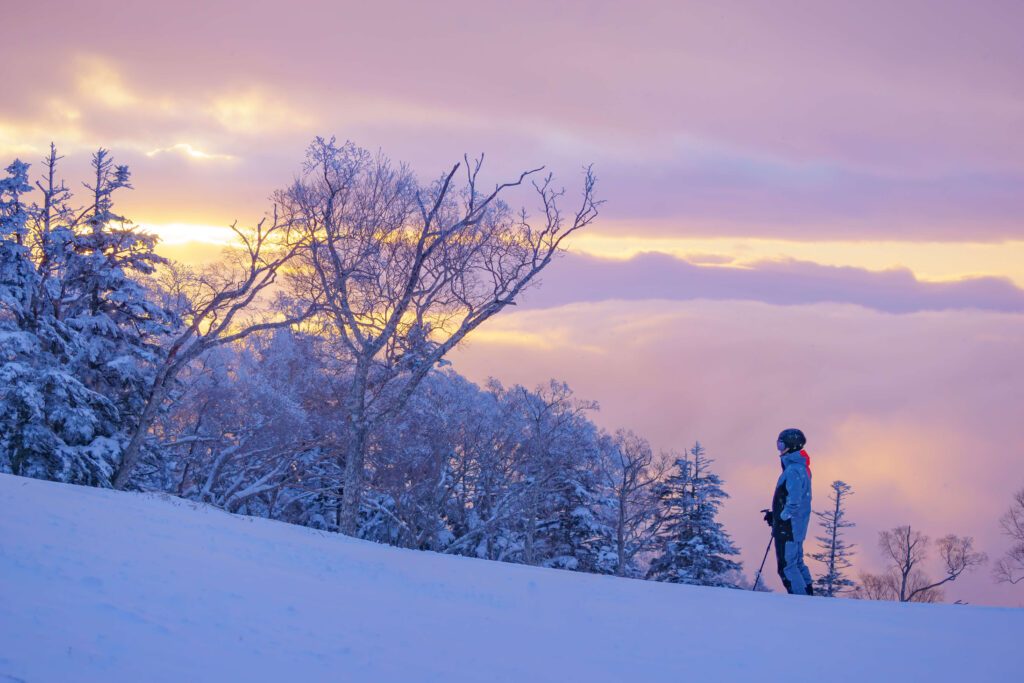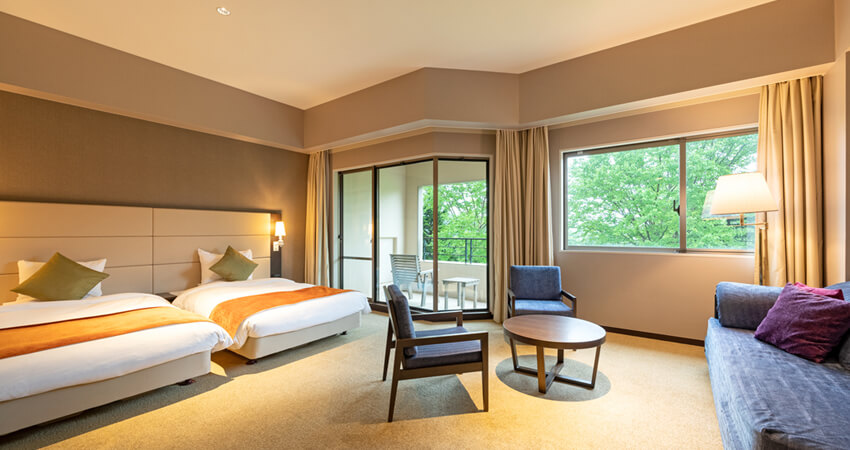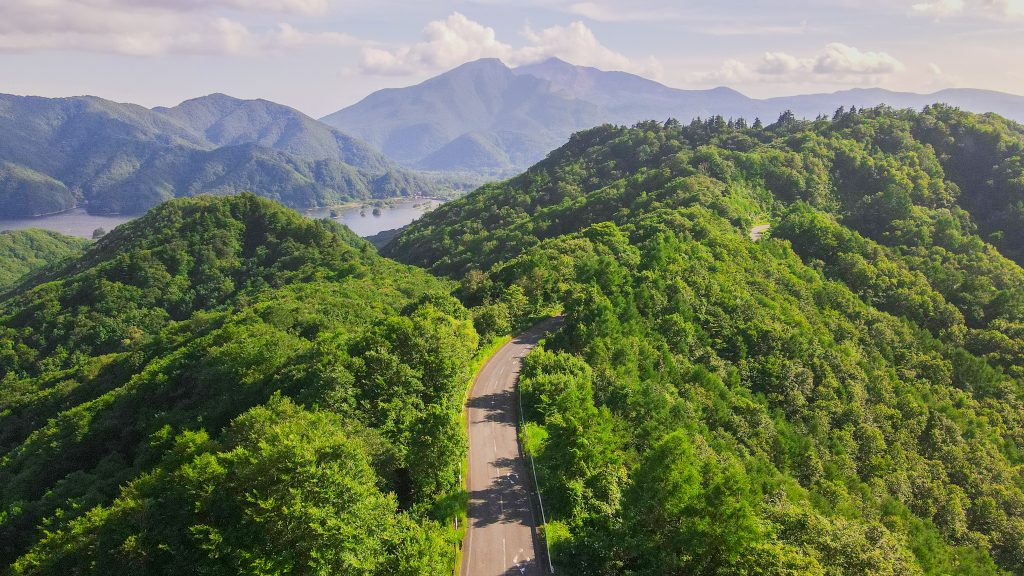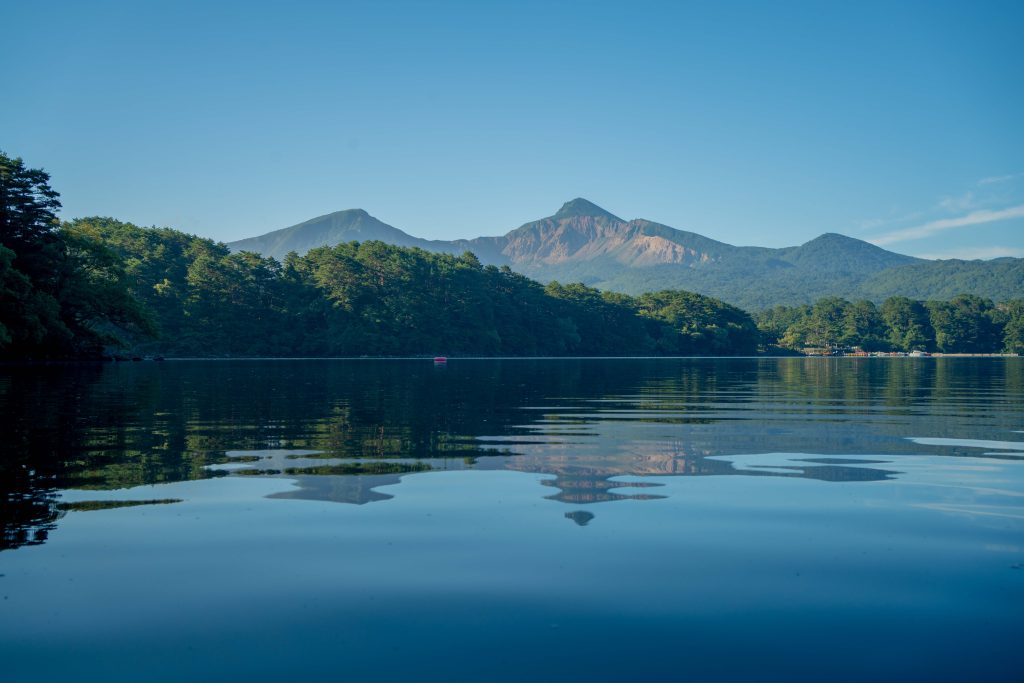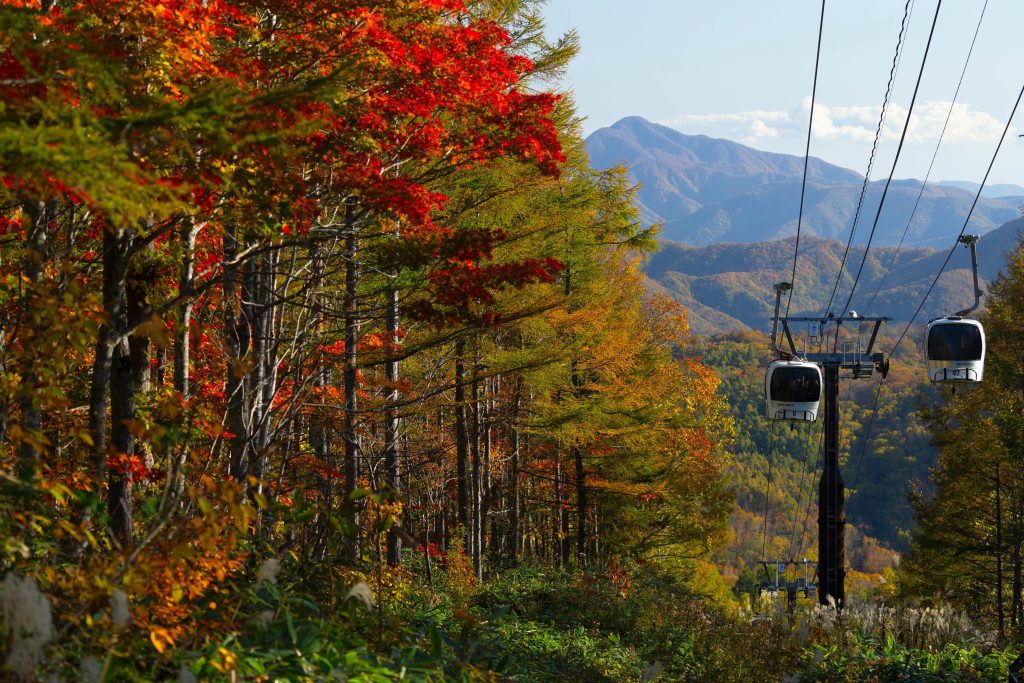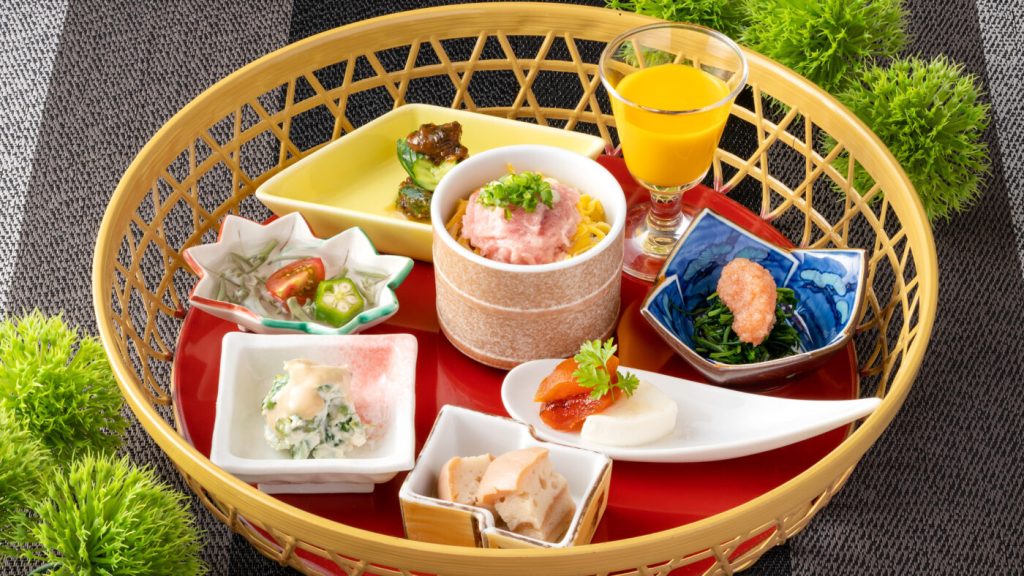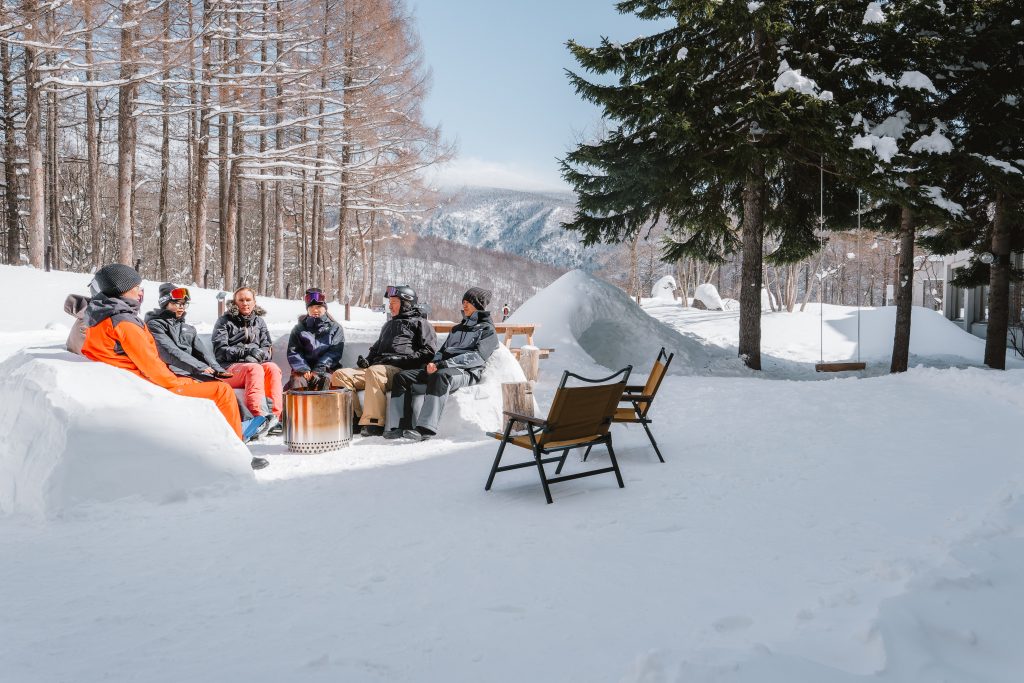Good Afternoon Eri
Time to give you the feedback on the holiday you booked for us which we thoroughly enjoyed. First up the hotels.
Tokyo – Mitsui Garden Hotel Ueno. Great hotel very modern clean but room small for price we paid, friendly staff and fantastic position right opposite the station and probably a lot quieter area than other parts of Tokyo.
The Tokyo Day Tour you booked for us was well worth it with a good guide and a good mix of sights without a jam packed day and a great lunch at the Hilton Hotel. Thoroughly recommend.
Shinkasen to Sendai went well, we also took a train to have a look at Matsushima which was nice.
Hotel Grand Bach – Sendai, Very nice modern hotel with good rooms with views, friendly staff and great position 400m easy walk from station. Sendai is a lovely green city with plenty to do. We picked up our first rental car here and it all went smoothly with a nice new Corolla and good Nav system.
Richmond Hotel – Aomori, A good hotel clean modern but small rooms, very helpful reception and very handy parking . Plenty to do for a couple of days.
Hotel Metropolitan – Akita, A very modern hotel in great position right next to station , rooms were very good. Fantastic views from reception, dining room 7th floor and our room 9th. Good staff and parking was next door but you had to wait for day parkers to start leaving about 4.30pm to get a spot. Some really nice drives here.
JAL Flights x 2 Akita – Fukuoka went very smoothly with excellent seats.
Tokyo Stay Hakata Hotel – Fukuoka, Nice clean modern hotel but room on 1st night very small came back after 5n and had a much bigger room. Staff helpful. Great position as it is a 10min. walk to station, restaurants and shopping.
Hire car pick up did not go so well this time. Car navigation system was different to 1st vehicle and we had trouble loading destinations and girl helping us was not understanding the issue properly and we were literally getting nowhere. After about 1hr or so another employee came up to see what was going on and took over . He understood what the problem was and rectified it and had us on the road in about 5 -10min. !! Not a good start to the day but finally on our way to Nagasaki.
Candeo Hotel Nagasakj Chinatown – Great hotel right in Chinatown very good rooms with fantastic views from room and top floor dining area. Helpful staff. Plenty of dining options close by and shopping. Parking 100me away. Nice place to visit.
Daiwa Roynet Hotel – Kagoshima, Really good modern hotel right on the main street. Stunning views of volcano from our room , reception and top floor. Very helpful staff and parking 10min away. Great place to spend a few days.
Aso Baien Spa Resort, Older spa resort in a lovely garden setting. Rooms need updating but they are clean , large and comfortable. The in-house Onsens are very good. Amazing buffet dinner and breakfast. Staff were very helpful and friendly. Very relaxing.
In Summary – We had a fantastic holiday (apart from some early anxieties and wrong turns). Weather was perfect for touring. Your planning advice and help was excellent, you answered our queries promptly . The hotels you booked were perfect for us in great locations within 10min walk to stations, shopping, restaurants.
Probably the only issue we had was communication which surprised us a bit as with the amount of western tourists flocking to Japan we thought English would have been used and more widely spoken whether it be hotel receptions, restaurants, shops. Having said that this did not detract from our holiday as the local people went out of their way to help us, a couple of examples : a man offered to let us park in his house because there was no where to park were we were. A lady walked in the opposite direction to where she was heading to take us to a store we couldn’t find. We have nothing but kind words for the Japanese people.
We have travelled a lot and this would have to have been one of the most stress free trips we have done and we put that done to you Eri we can’t thank you enough. Even a change of booking when in Fukuoka was no problem. Will certainly recommend you and JTB to everyone – many thanks again.
Kind Regards, Michael & Janet

